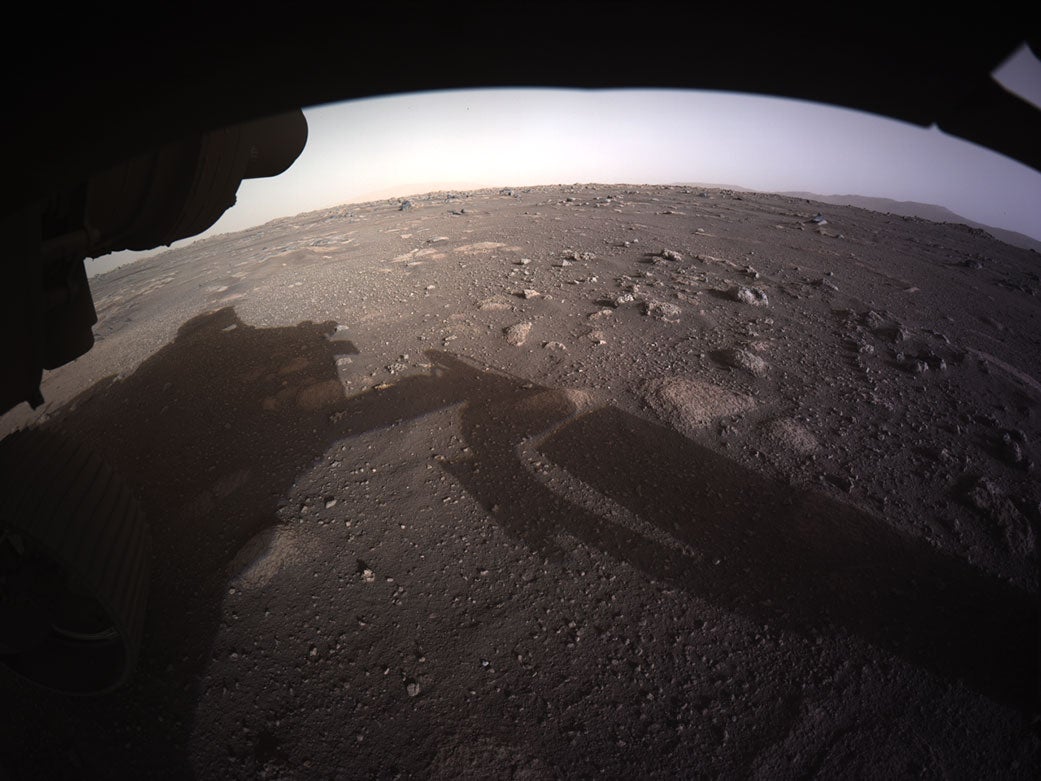Build wind farms on Mars to power life on the Red Planet, scientists say

Your support helps us to tell the story
From reproductive rights to climate change to Big Tech, The Independent is on the ground when the story is developing. Whether it's investigating the financials of Elon Musk's pro-Trump PAC or producing our latest documentary, 'The A Word', which shines a light on the American women fighting for reproductive rights, we know how important it is to parse out the facts from the messaging.
At such a critical moment in US history, we need reporters on the ground. Your donation allows us to keep sending journalists to speak to both sides of the story.
The Independent is trusted by Americans across the entire political spectrum. And unlike many other quality news outlets, we choose not to lock Americans out of our reporting and analysis with paywalls. We believe quality journalism should be available to everyone, paid for by those who can afford it.
Your support makes all the difference.Life on Mars could be powered by wind farms, scientists have said.
In future decades, many space agencies hope to take humans to Mars, to stay on the Red Planet. Those crewed missions will require reliable and significant amounts of energy to be able to power their life on the inhospitable planet.
The availability and dependability of power represents one of the biggest and most important issues for those trips to the planet. And scientists are still not sure whether such sustainable energy can be found there.
Such energy could be generated in a variety of ways, such as solar and nuclear. But the planet would also support wind power, using turbines that could be installed on the planet, according to a new study.
That could overcome problems with rival energy sources that could be dangerous for anyone living on Mars. The seasonal changes in the amount of light on the surface would mean that solar energy would fluctuate, for instance, and nuclear power could be dangerous.
It has been unclear whether the climate on Mars would be suitable to allow for enough power to be generated through wind power. But the new study – which uses a “state-of-the-art Mars global climate model”, and included researchers from Nasa – found that wind speeds at some proposed landing sites are suitable to provide enough power.
They could be used either on their own or alongside other alternative energy sources, the researchers suggest.
Wind turbines could compensate for the reduced energy generated when seasonal changes in the weather make it harder to use solar power, for instance.
With solar power alone, future crews could generate around 40 per cent more power than they need, researchers found. But with turbines, that could be more than 60 to 90 per cent more.
The study, ‘Assessment of wind energy resource potential for future human missions to Mars’, ends by urging more research on wind turbines in Mars. It is published this week in Nature Astronomy.
Join our commenting forum
Join thought-provoking conversations, follow other Independent readers and see their replies
Comments